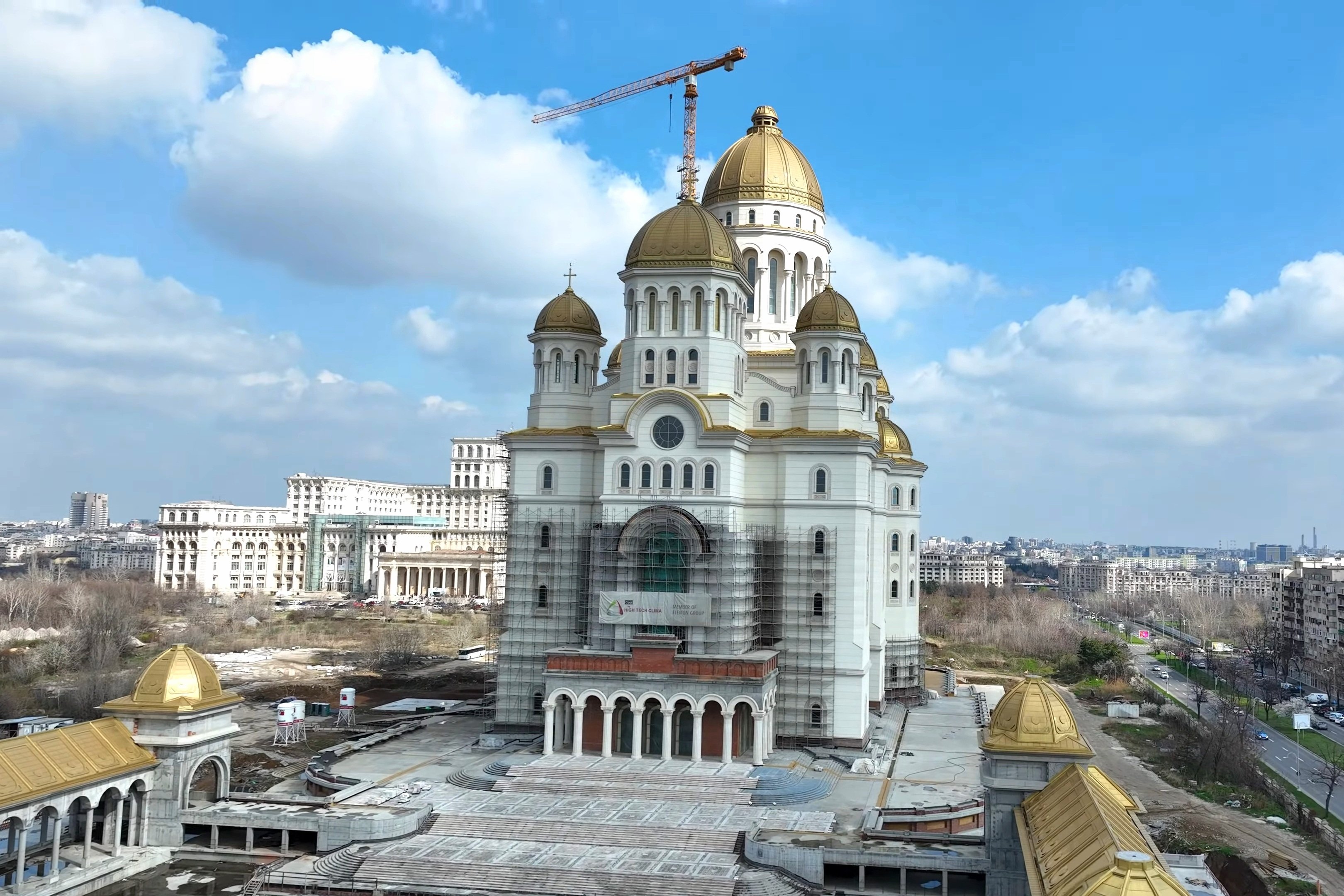🇷🇴map Romania [Overview]

Romania, or România in the local language, sits in southeastern Europe at the north end of the Balkans, bordered by Ukraine and Moldova to the north and east, Hungary to the northwest, Serbia to the southwest, Bulgaria to the south, and the Black Sea to the east. The country’s landscape is strikingly balanced: the Carpathian Mountains encircle the Transylvanian Plateau before rolling out to lowlands and the coast. Romania’s population ranks around 70th globally and skews older, a trend that’s visible in its low birth rate and slow growth. A detail that often surprises newcomers: Bucharest was once nicknamed “the Paris of the East,” and you can still trace that flair in pockets of its architecture and cultural life, even after heavy communist-era redevelopment.
Economy
Romania’s economy blends industry, services, and agriculture, with many people working in manufacturing, IT services, shared service centers, and traditional sectors like farming and food production. The country benefits from natural resources and fertile land, and agriculture still plays a visible role alongside automotive components, machinery, textiles, and a growing tech outsourcing scene. Romania is well integrated with European markets—trade flows through the Black Sea port of Constanța, overland links to Central Europe, and a network of multinational firms operating in key cities such as Bucharest, Cluj-Napoca, Timișoara, and Brașov. As a member of the European Union and NATO, Romania is plugged into both economic and security frameworks, which supports investment, mobility for residents, and close cooperation with neighbors.
Culture
Romanian is the dominant language and is a Romance language shaped by ancient Roman influence; Hungarian and Romani are also spoken by minority communities, especially in Transylvania and scattered towns. Ethnically, most people identify as Romanian, with notable Hungarian and Roma communities adding their own traditions and languages to the country’s cultural fabric. The story of the land stretches from Dacian roots and Roman conquest to medieval principalities—Walachia, Moldavia, and Transylvania—that were united at different times, with modern national identity taking shape in the nineteenth century and reshaped again after communism. People take pride in regional cuisine, folk music and dance, and a lively contemporary arts scene, and many enjoy strong family networks, outdoor life in the mountains and countryside, and local wines and plum brandy.
Religion is predominantly Eastern Orthodox, which influences holidays, festivals, and the rhythm of family life, while other faiths—including Roman Catholic and Protestant communities—are present, especially where Hungarian heritage is strong. Major observances include Orthodox Easter and Christmas, along with secular national events. Expect city-wide energy on Great Union Day on 1 December, and look for regional celebrations such as pastoral festivals in the mountains that mark seasonal changes. Cultural calendars in Bucharest and university cities mix classical concerts, theater, and film festivals with village fairs and food markets, giving newcomers easy ways to connect with local life.
Franz
Franz is a German technical writer and business consultant from Munich, with over 15 years of experience
in international corporate relocations and German business culture. Having worked for major German
multinational corporations including BMW and Siemens, Franz has extensive experience facilitating the
relocation of international talent to Germany and helping German professionals navigate complex assignments
abroad.
Published: 2025-01-29